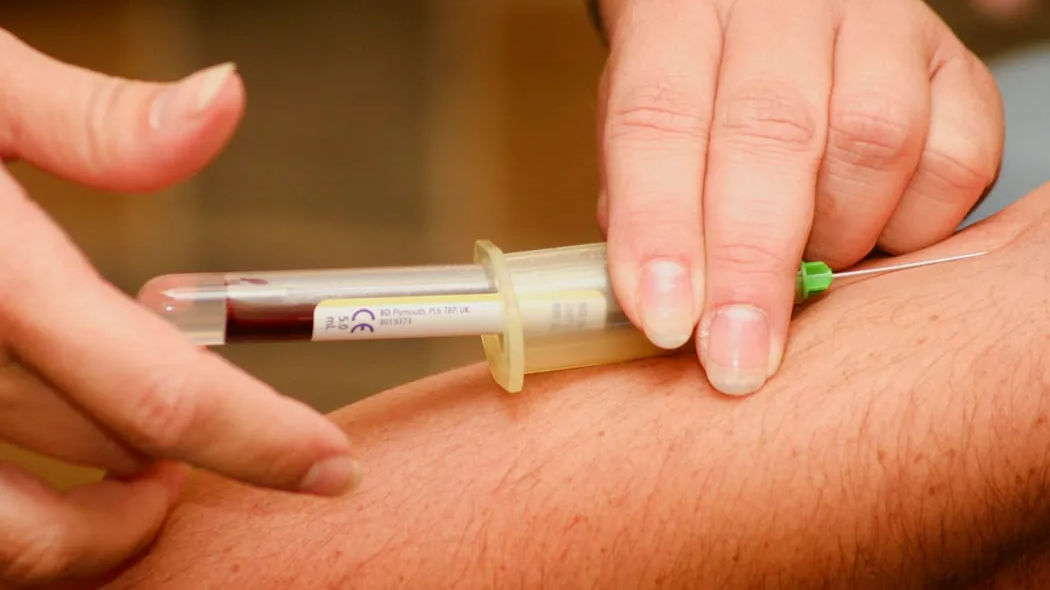A person infected or recovered from COVID-19 can experience weakness, dizziness, and lack of concentration for months. This is due to various deficiencies like vital vitamins, calcium, and iron that COVID-19 exposes our bodies to. One such concern is iron deficiencies largely reported in corona recovered patients, which sometimes leads to severe anemia. Thus, to analyze the iron levels in the body, a ‘ferritin’ test is conducted in patients.
Ferritin test marks the
storage levels of iron in the human body, the usual range for which in men is 24 to 336 micrograms/litre, and in women is 11 to 307 micrograms/litre.
A low ferritin test score indicates a possible iron deficiency in the patient’s
body, which is a strong symptom of anaemia.
While lower ferritin levels are a problem in itself, a higher
count of this protein content has been witnessed as a marker for severe cases
of COVID-19.
Also read: Why COVID ‘variants of concern’ found in India were named Kappa, Delta
One test result is not enough to determine that the higher
ferritin count is indeed coming from a severe COVID-infection, as a continuously
rising Ferritin count could also denote a cytokine storm, a phenomenon where
the body produces far too many inflammatory signals that often leads to organ
failure and death, as per a report by The Indian Express.
Symptoms of a higher iron count usually include exhaustion,
heart problems, weight loss, abdominal pain, lack of energy etc.
Also read: India’s COVID vaccine basket set to get bigger. What’s on offer
Similarly, higher ferritin value could also denote both COVID-19
and mucormycosis, both of which thrive on high iron storages.
“Many individuals with diabetes exhibit elevated serum
ferritin levels, and it is known that they face a higher probability to
experience serious complications from COVID-19”, says a research article published
on the Pan American Journal of Public Health.
Also read: 2-DG anti-COVID drug: How and when to use it
This further indicates a connection between higher ferritin
values and both COVID and mucormycosis, as diabetic patients in recent weeks
were increasingly seen to be developing the fungal infection during or after contracting
COVID-19.







